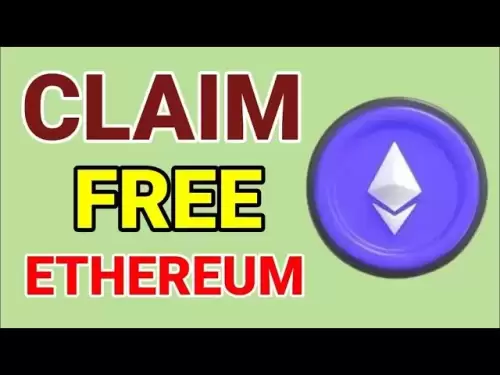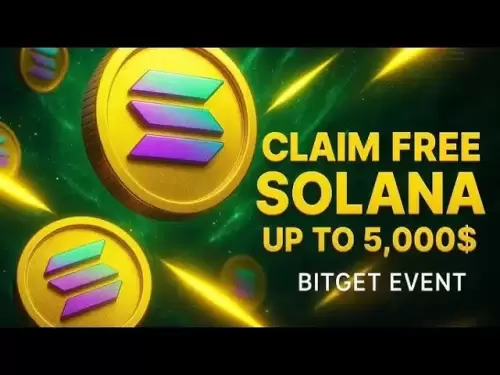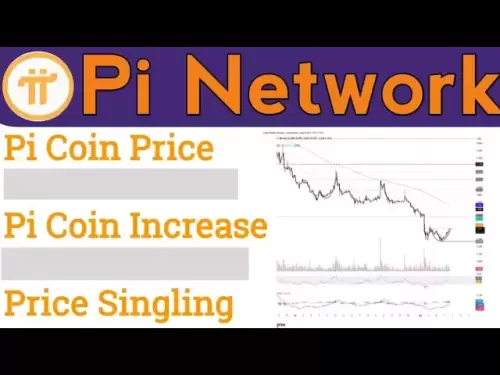-
 Bitcoin
Bitcoin $116900
0.00% -
 Ethereum
Ethereum $4280
5.48% -
 XRP
XRP $3.265
-1.45% -
 Tether USDt
Tether USDt $1.000
-0.01% -
 BNB
BNB $807.0
1.41% -
 Solana
Solana $183.1
2.93% -
 USDC
USDC $0.9999
0.00% -
 Dogecoin
Dogecoin $0.2440
6.50% -
 TRON
TRON $0.3357
-0.88% -
 Cardano
Cardano $0.8178
2.63% -
 Hyperliquid
Hyperliquid $44.13
7.45% -
 Chainlink
Chainlink $21.39
9.09% -
 Stellar
Stellar $0.4524
-0.84% -
 Sui
Sui $3.957
2.13% -
 Bitcoin Cash
Bitcoin Cash $572.7
-2.54% -
 Hedera
Hedera $0.2671
1.54% -
 Avalanche
Avalanche $24.77
4.17% -
 Ethena USDe
Ethena USDe $1.001
0.02% -
 Litecoin
Litecoin $122.3
-1.94% -
 Toncoin
Toncoin $3.432
2.26% -
 UNUS SED LEO
UNUS SED LEO $9.007
0.49% -
 Shiba Inu
Shiba Inu $0.00001396
5.26% -
 Uniswap
Uniswap $11.09
1.64% -
 Polkadot
Polkadot $4.155
4.57% -
 Dai
Dai $1.000
0.00% -
 Pepe
Pepe $0.00001253
5.11% -
 Cronos
Cronos $0.1588
2.67% -
 Bitget Token
Bitget Token $4.512
0.05% -
 Monero
Monero $275.0
0.64% -
 Ethena
Ethena $0.7527
15.10%
How to calculate KAIA investment return rate? How to calculate the break-even point?
To calculate KAIA's return rate, use (Current Value - Initial Investment) / Initial Investment * 100; break-even point is Total Investment / Number of KAIA Tokens.
May 07, 2025 at 03:21 pm
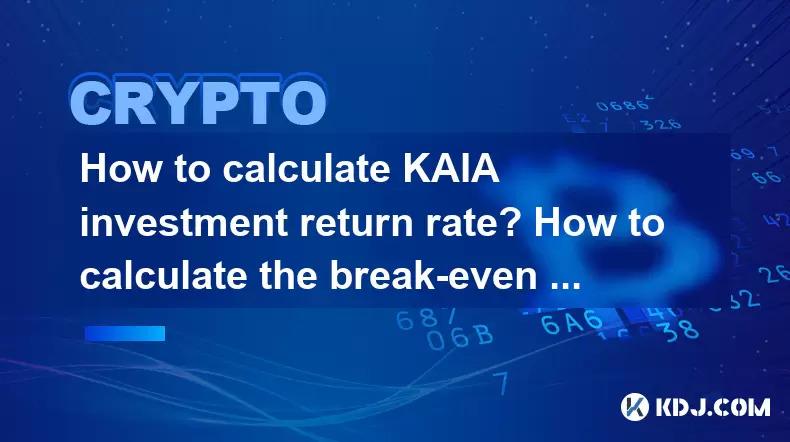
Calculating the investment return rate and break-even point for KAIA, a cryptocurrency, involves understanding several key financial concepts and applying them specifically to the context of cryptocurrency investments. This article will guide you through the process of calculating both the return rate and the break-even point for your KAIA investments.
Understanding KAIA Investment Return Rate
The investment return rate for KAIA, or any cryptocurrency, is a measure of the profitability of an investment over a specific period. It is expressed as a percentage and can be calculated using the following formula:
[ \text{Return Rate} = \left( \frac{\text{Current Value} - \text{Initial Investment}}{\text{Initial Investment}} \right) \times 100 ]
To calculate this for KAIA, you need to know the initial amount you invested and the current value of your KAIA holdings.
- Initial Investment: This is the total amount of money you initially spent to purchase KAIA.
- Current Value: This is the current market value of your KAIA holdings. You can calculate this by multiplying the number of KAIA tokens you own by the current market price per token.
For example, if you initially invested $1000 to buy KAIA at a price of $0.10 per token, you would have purchased 10,000 KAIA tokens. If the current market price of KAIA is $0.15 per token, the current value of your KAIA holdings would be $1500.
Using the formula:
[ \text{Return Rate} = \left( \frac{1500 - 1000}{1000} \right) \times 100 = 50\% ]
So, your return rate on KAIA would be 50%.
Factors Affecting KAIA Investment Return Rate
Several factors can influence the return rate of KAIA:
- Market Volatility: Cryptocurrencies are known for their high volatility, which can lead to significant fluctuations in the value of KAIA.
- Adoption and Use Cases: The more KAIA is adopted and used in real-world applications, the higher its value may rise.
- Regulatory News: Changes in regulations can impact the value of KAIA positively or negatively.
- Overall Market Sentiment: The general sentiment towards cryptocurrencies can affect KAIA's price.
Calculating the Break-Even Point for KAIA
The break-even point is the point at which the total revenue from an investment equals the total costs, resulting in neither profit nor loss. For KAIA, the break-even point can be calculated using the following formula:
[ \text{Break-Even Price} = \frac{\text{Total Investment}}{\text{Number of KAIA Tokens}} ]
Using the previous example, if you invested $1000 to buy 10,000 KAIA tokens, the break-even price per token would be:
[ \text{Break-Even Price} = \frac{1000}{10000} = \$0.10 ]
This means that you would break even if the price of KAIA returns to $0.10 per token.
Factors Affecting KAIA Break-Even Point
The break-even point for KAIA can be influenced by several factors:
- Transaction Fees: If you paid transaction fees when buying KAIA, these need to be included in your total investment to accurately calculate the break-even point.
- Holding Period: The longer you hold KAIA, the more likely you are to experience price fluctuations that could affect your break-even point.
- Additional Investments: If you make additional investments in KAIA over time, you will need to recalculate your break-even point to reflect these new investments.
Practical Steps to Calculate KAIA Investment Return Rate
To calculate the return rate for your KAIA investment, follow these steps:
- Determine Your Initial Investment: Check your transaction history to find out how much you initially spent on KAIA.
- Find the Current Market Price: Use a reliable cryptocurrency price tracker to find the current price of KAIA.
- Calculate the Current Value: Multiply the number of KAIA tokens you own by the current market price.
- Apply the Return Rate Formula: Use the formula provided earlier to calculate your return rate.
Practical Steps to Calculate KAIA Break-Even Point
To calculate the break-even point for your KAIA investment, follow these steps:
- Determine Your Total Investment: Include the initial amount spent on KAIA and any transaction fees.
- Count Your KAIA Tokens: Check your wallet to find out how many KAIA tokens you own.
- Apply the Break-Even Point Formula: Use the formula provided earlier to calculate your break-even price per token.
Using Tools to Track KAIA Investment Performance
There are several tools and platforms available that can help you track the performance of your KAIA investment and calculate your return rate and break-even point:
- Cryptocurrency Exchanges: Many exchanges provide tools to track your investment performance.
- Portfolio Trackers: Apps like CoinGecko and CoinMarketCap allow you to input your investments and track their performance over time.
- Spreadsheets: You can use a spreadsheet to manually track your investments and calculate your return rate and break-even point.
Frequently Asked Questions
Q: Can I calculate the return rate and break-even point for KAIA if I have made multiple investments at different times?
A: Yes, you can calculate the return rate and break-even point for KAIA even if you have made multiple investments at different times. To do this, you need to aggregate your total investment and the total number of KAIA tokens you own. The return rate would be calculated based on the total current value of your KAIA holdings compared to your total investment. The break-even point would be calculated by dividing your total investment by the total number of KAIA tokens you own.
Q: How often should I recalculate my KAIA investment return rate and break-even point?
A: It is advisable to recalculate your KAIA investment return rate and break-even point whenever there is a significant change in the market price of KAIA or if you make additional investments. Regularly monitoring these metrics can help you make informed decisions about your investment strategy.
Q: What should I do if the current market price of KAIA is below my break-even point?
A: If the current market price of KAIA is below your break-even point, you are currently experiencing a loss on your investment. You have several options: you can hold onto your KAIA tokens in the hope that the price will rise above your break-even point, you can sell your KAIA tokens to cut your losses, or you can make additional investments to lower your overall break-even point. Each option carries its own risks and potential rewards, so consider your investment goals and risk tolerance before making a decision.
Q: Are there any tax implications to consider when calculating my KAIA investment return rate and break-even point?
A: Yes, there can be tax implications when dealing with cryptocurrency investments. Depending on your jurisdiction, you may be required to pay capital gains tax on any profits made from selling KAIA. It is important to keep accurate records of your investments and consult with a tax professional to understand your specific tax obligations.
Disclaimer:info@kdj.com
The information provided is not trading advice. kdj.com does not assume any responsibility for any investments made based on the information provided in this article. Cryptocurrencies are highly volatile and it is highly recommended that you invest with caution after thorough research!
If you believe that the content used on this website infringes your copyright, please contact us immediately (info@kdj.com) and we will delete it promptly.
- Shiba Inu, Pepe, and Remittix: A Tale of Memes, Hype, and Real-World Utility
- 2025-08-10 08:30:12
- Ethereum Price, ETH Tokens, Rally Prediction: Is a New All-Time High In Sight?
- 2025-08-10 08:30:12
- XRP, Elon Musk, and Wealth: A Crypto Conundrum
- 2025-08-10 08:50:12
- Retire Early with Crypto: High-Conviction Plays Beyond Bitcoin
- 2025-08-10 08:50:12
- BlockDAG, Render, and Polkadot: Charting the Course for Long-Term Crypto Dominance
- 2025-08-10 08:55:21
- Toncoin's Ascent: Price Predictions and the VERB Strategy Impact
- 2025-08-10 08:55:21
Related knowledge

How to purchase Aragon (ANT)?
Aug 09,2025 at 11:56pm
Understanding Aragon (ANT) and Its PurposeAragon (ANT) is a decentralized governance token that powers the Aragon Network, a platform built on the Eth...

Where can I buy UMA (UMA)?
Aug 07,2025 at 06:42pm
Understanding UMA and Its Role in Decentralized FinanceUMA (Universal Market Access) is an Ethereum-based decentralized finance (DeFi) protocol design...

How to buy Storj (STORJ) tokens?
Aug 09,2025 at 07:28am
Understanding Storj (STORJ) and Its Role in Decentralized StorageStorj is a decentralized cloud storage platform that leverages blockchain technology ...
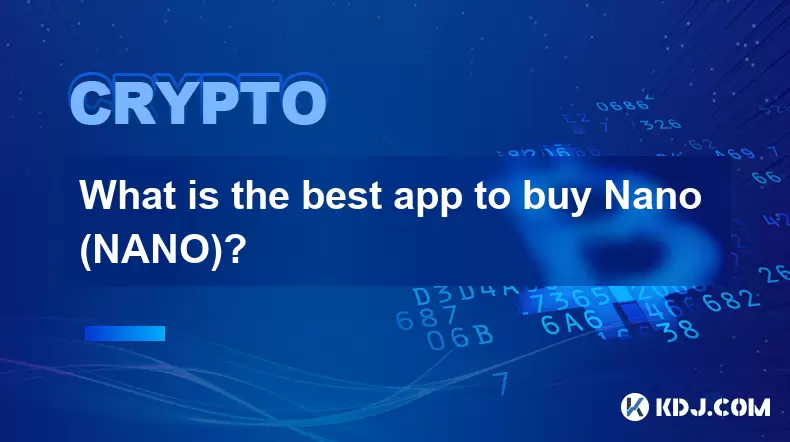
What is the best app to buy Nano (NANO)?
Aug 09,2025 at 03:35am
Understanding Nano (NANO) and Its Unique FeaturesNano is a feeless, instant cryptocurrency designed for fast peer-to-peer transactions. Unlike many ot...
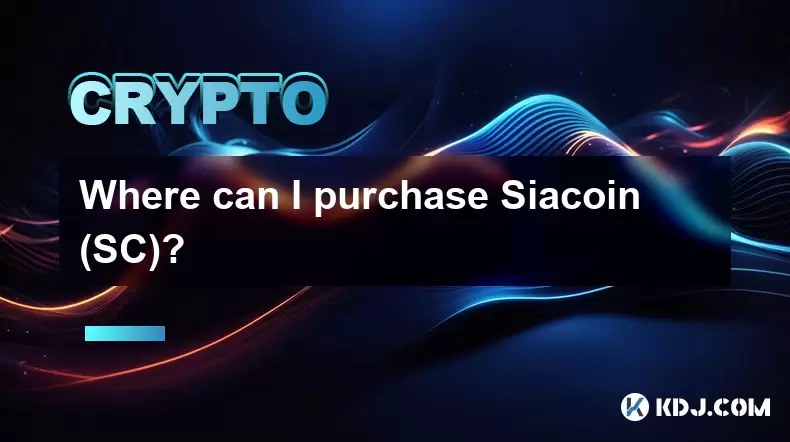
Where can I purchase Siacoin (SC)?
Aug 08,2025 at 11:14am
Understanding Siacoin (SC) and Its Role in the Sia NetworkSiacoin (SC) is the native cryptocurrency of the Sia decentralized cloud storage platform, a...
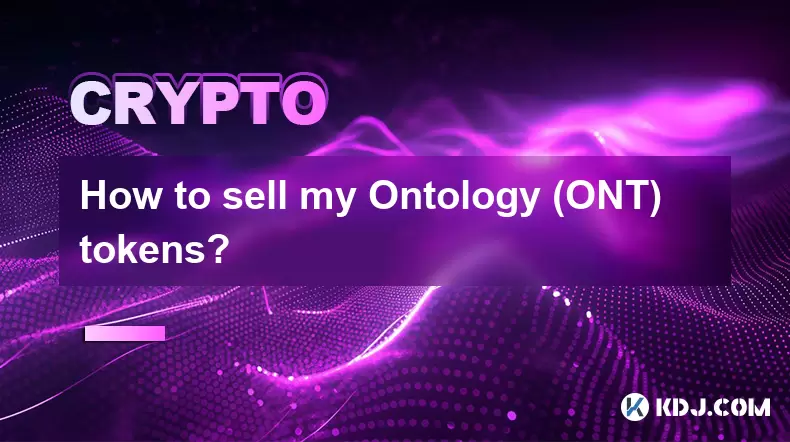
How to sell my Ontology (ONT) tokens?
Aug 09,2025 at 06:08pm
Understanding Ontology (ONT) and Its Trading EcosystemBefore selling your Ontology (ONT) tokens, it's essential to understand the nature of the crypto...

How to purchase Aragon (ANT)?
Aug 09,2025 at 11:56pm
Understanding Aragon (ANT) and Its PurposeAragon (ANT) is a decentralized governance token that powers the Aragon Network, a platform built on the Eth...

Where can I buy UMA (UMA)?
Aug 07,2025 at 06:42pm
Understanding UMA and Its Role in Decentralized FinanceUMA (Universal Market Access) is an Ethereum-based decentralized finance (DeFi) protocol design...

How to buy Storj (STORJ) tokens?
Aug 09,2025 at 07:28am
Understanding Storj (STORJ) and Its Role in Decentralized StorageStorj is a decentralized cloud storage platform that leverages blockchain technology ...

What is the best app to buy Nano (NANO)?
Aug 09,2025 at 03:35am
Understanding Nano (NANO) and Its Unique FeaturesNano is a feeless, instant cryptocurrency designed for fast peer-to-peer transactions. Unlike many ot...

Where can I purchase Siacoin (SC)?
Aug 08,2025 at 11:14am
Understanding Siacoin (SC) and Its Role in the Sia NetworkSiacoin (SC) is the native cryptocurrency of the Sia decentralized cloud storage platform, a...

How to sell my Ontology (ONT) tokens?
Aug 09,2025 at 06:08pm
Understanding Ontology (ONT) and Its Trading EcosystemBefore selling your Ontology (ONT) tokens, it's essential to understand the nature of the crypto...
See all articles





















